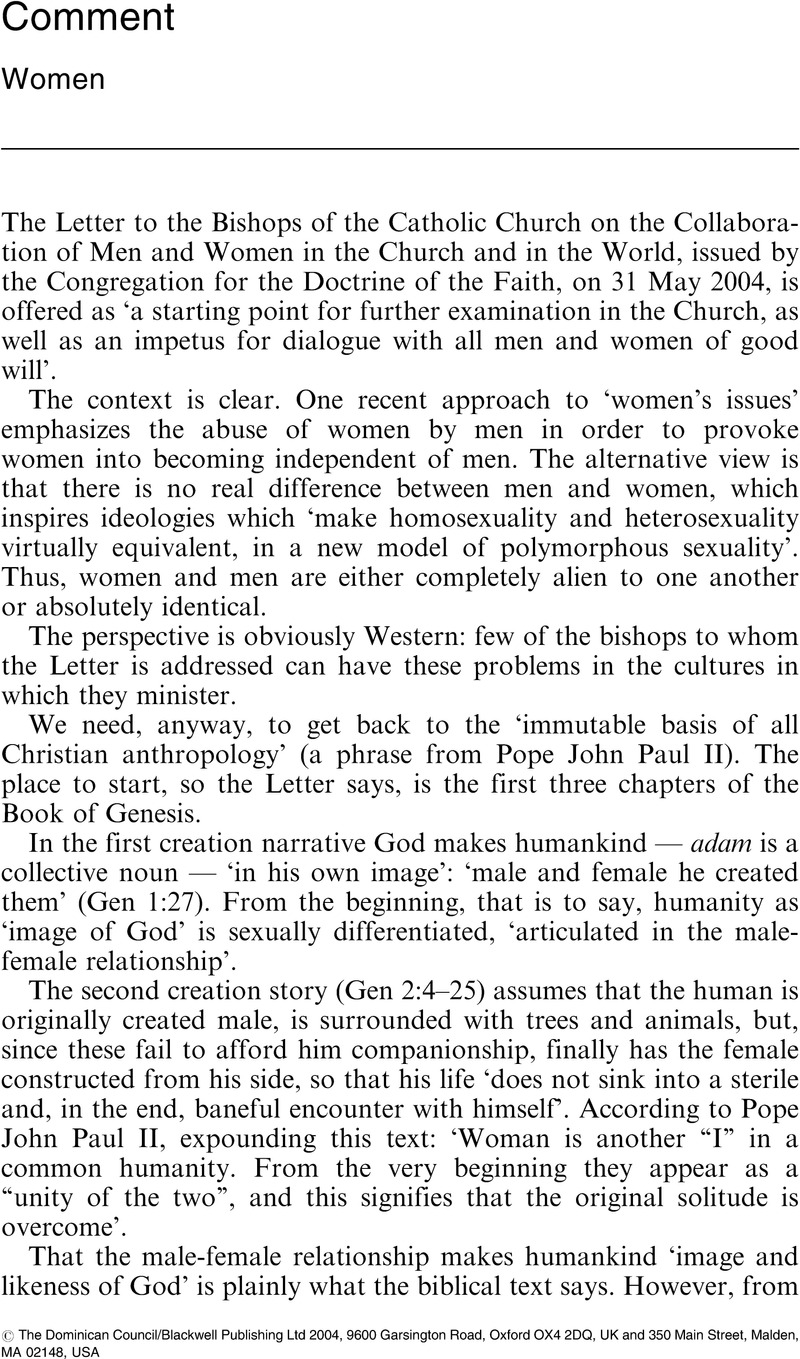Crossref Citations
This article has been cited by the following publications. This list is generated based on data provided by Crossref.
SATO, Toshiaki
IGUCHI, Michio
and
MASAKI, Yuichi
2008.
SEISMIC SIMULATION ANALYSES FOR WOODFRAME HOUSES.
Journal of Structural and Construction Engineering (Transactions of AIJ),
Vol. 73,
Issue. 631,
p.
1569.



